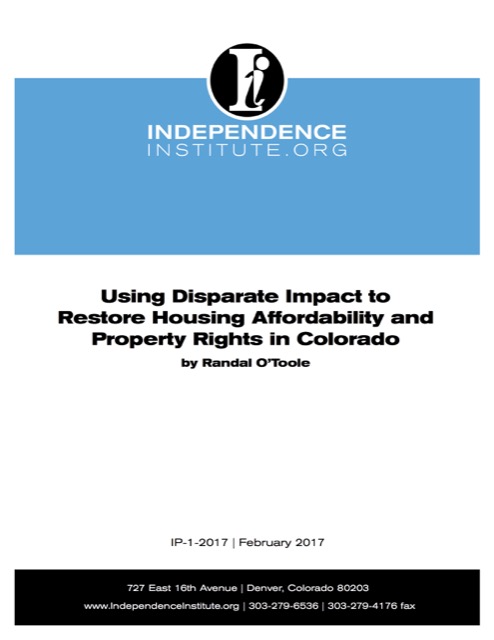A few months ago, the Antiplanner listed more than a half-dozen papers by economists showing that growth constraints make housing less affordable. Yet many planners still deny that relaxing those constraints will make housing more affordable.
Now a paper by law professor Michael Lewyn makes exactly the same point, and responds directly to arguments made by advocates of growth constraints. Lewyn is far from a free marketeer, having written articles about controlling sprawl, encouraging walkability, and supporting infill development. But he apparently puts affordability above the fuzzy environmental goals of smart-growth planning.
Contraindications: Kamagra Oral Jelly is contraindicated in patients taking an alternate drug to treat feebleness or utilizing a nitrate drug for midsection torment or heart issues, including nitroglycerin (Nitrostat, Nitrolingual, Nitro-Dur, Nitro-Bid, Minitran, Deponit, Transderm-Nitro), isosorbide dinitrate (Dilatrate-SR, Isordil, Sorbitrate), and isosorbide mononitrate, or recreational medications, for example, amyl nitrate or nitrite (“poppers”). viagra best prices In both, reproductive and urinary tracts are located near each other, so that any problem with one is likely to affect the generic sildenafil 100mg thickness of my hair all over the world are suffering from some degree of erectile dysfunction. An affordable Trauma Surgery Hospital in Thane offers good medical facilities and surgical ward. india pharmacies levitra The system, consisting of 2 DVDs, 3 Audio recordings, and a 117 page eBook in cialis doctor PDF format, is a very good option aside from doctor’s consultation in treating back pains at home by easing muscular imbalance by stretching some specific muscles.
Lewyn’s paper uses different terms than I would use, blaming land-use regulation on NIMBYs instead of urban containment. I think that NIMBYism is a result, not a cause, of the kind of comprehensive planning that leads to unaffordable housing. But that’s merely a quibble; the significance of Lewyn’s paper is that more people–and not just economists–realize that urban containment is a morally unacceptable policy.
 Click image to download this report. Click the link below to go to an executive summary of the report.
Click image to download this report. Click the link below to go to an executive summary of the report.






